7 Incredible Animal Jobs You Won’t Believe Actually Exist
Animal careers are way more creative—and sometimes wild—than most people expect. While veterinary work and zookeeping are the usual go-tos, there are some lesser-known roles that offer surprising ways to spend your days surrounded by animals. Some of these are weird, some are wonderful, and all of them are real.
Venomous Snake Milker
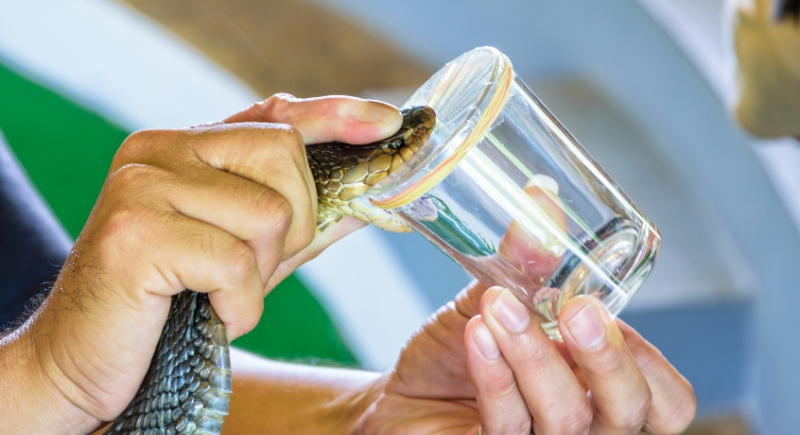
Credit: Canva
Extracting venom from rattlesnakes, cobras, and other venomous species is done to produce antivenom and advance medical research. The job requires steady hands, thick gloves, and serious bravery. Research centers like the Kentucky Reptile Zoo perform thousands of extractions each year for labs studying toxins and pharmaceutical development.
Animal Colorist

Credit: Instagram
Animal colorists work on movie sets, commercials, and pet spas to safely transform fur using pet-safe dyes. This role requires creativity and knowledge of animal-safe grooming techniques. Temporary color, feather extensions, and glitter applications are all part of the job.
Pet Food Tester

Credit: Canva
Taste isn’t just for humans. These testers inspect texture, smell, and flavor to ensure products meet quality and nutritional standards. While they don’t always swallow the samples, they evaluate every batch closely. Companies like Nestlé Purina and Hill’s Science Diet employ professional testers as part of their QA teams.
Reptile Breeder
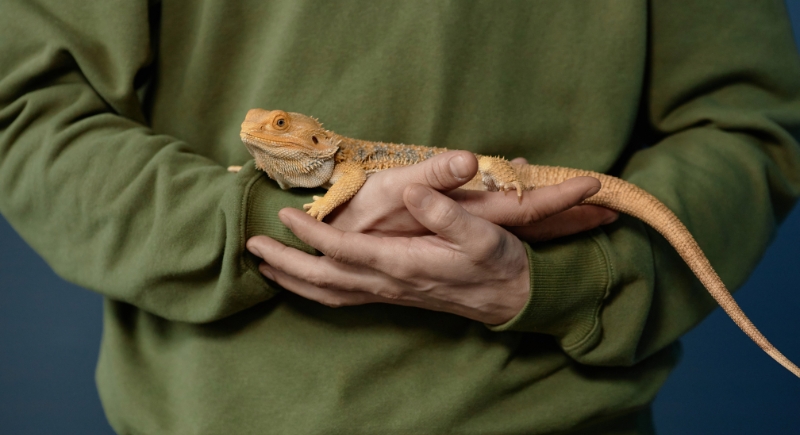
Credit: Canva
Reptile breeders raise exotic species like Leopard Geckos, Ball Pythons, and even rare lizards like Mexican Alligator Lizards. This job involves maintaining habitat conditions and tracking lineage for ethical breeding purposes. The pet trade, zoos, and conservation programs depend on reputable breeders for healthy, well-documented reptiles.
Detection Dog Handler

Credit: pixelshot
Canines have a remarkable ability to detect explosives, narcotics, missing persons, and even invasive species. Handlers are responsible for training and maintaining the dog’s skills. TSA, police departments, and wildlife organizations all employ handlers who work alongside their dogs in various settings, including airports, schools, and forests.
Animal Acupuncturist
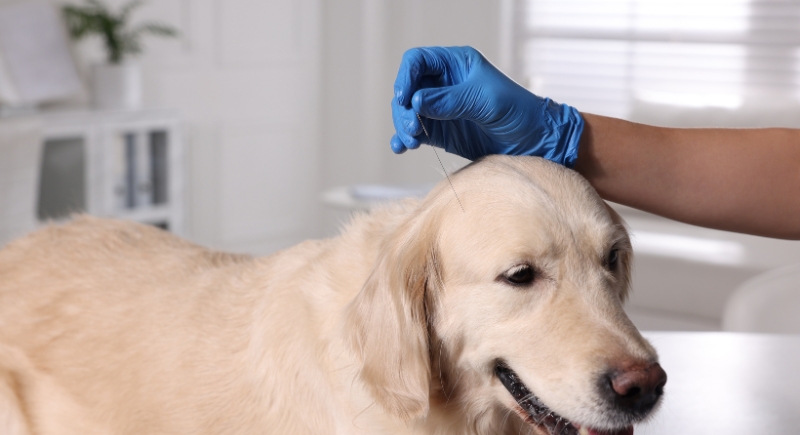
Credit: Canva
Licensed veterinarians can become certified in acupuncture through courses approved by the International Veterinary Acupuncture Society. Needles are used to treat chronic pain, arthritis, and mobility issues in pets and farm animals. Clinics in the U.S. report growing demand, especially for dogs with degenerative joint disease.
Cat Trainer
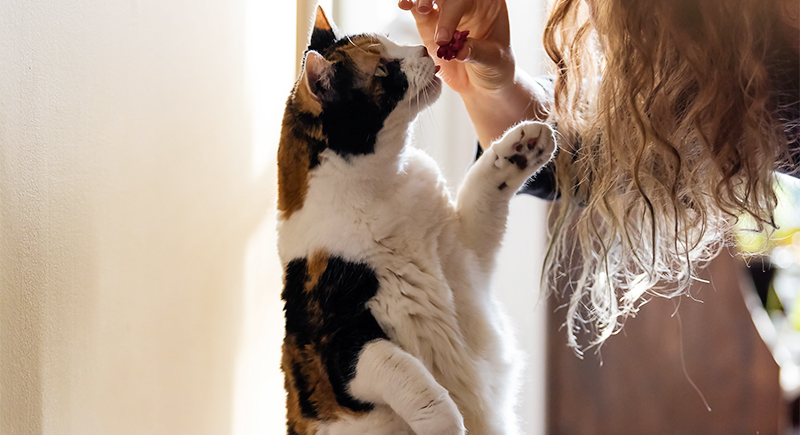
Credit: iStockphoto
Cats in film don’t just wander across the set by accident. Trainers spend hours teaching cues—like sit, stay, and even leash walking—using treats and clickers. Getting a cat to nail a scene takes patience, timing, and a knack for reading feline moods. The payoff? Moments on screen that look effortless but took weeks to pull off.
Wildlife Control Relocation Specialist
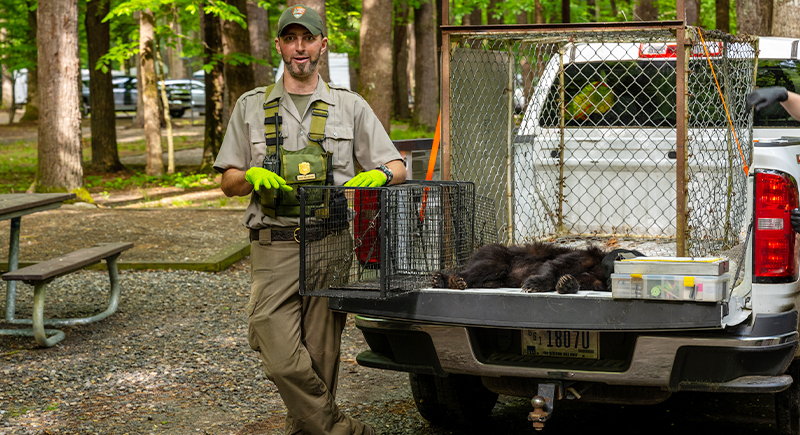
Credit: iStockphoto
Urban growth has increased human-wildlife encounters. These specialists safely trap and relocate animals, such as raccoons, possums, and snakes, from homes and businesses to their designated habitats. The job requires a wildlife control operator license in most U.S. states and a strong understanding of animal behavior and laws.
Animal Massage Therapist
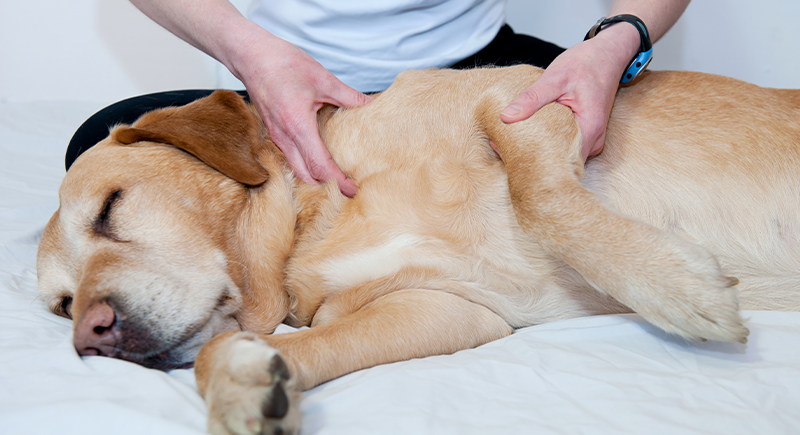
Credit: iStockphoto
Once seen mostly in equine sports, animal massage now benefits pets recovering from injury or dealing with anxiety. Therapists use techniques like effleurage and myofascial release. Certification is offered through schools like the Northwest School of Animal Massage, which responds to the growing demand for holistic pet care.
Animal-Assisted Therapist
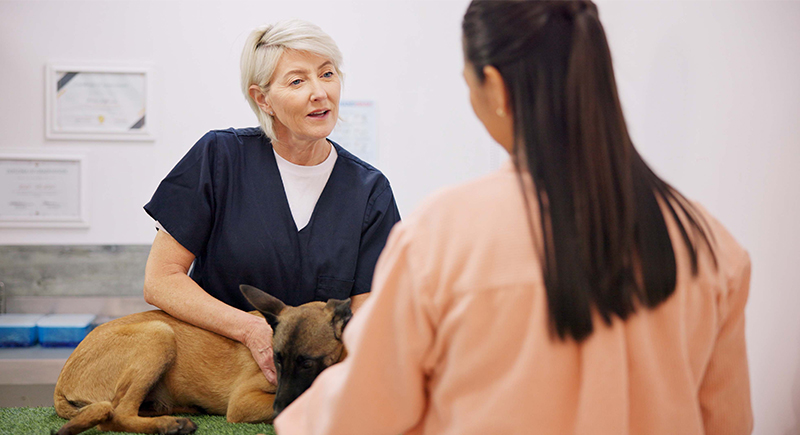
Credit: iStockphoto
Therapists pair trained animals—usually dogs—with clients who have PTSD, anxiety, or autism. The handler and dog work together as a team in places like schools, hospitals, and counseling offices. Research published in Frontiers in Psychology shows that AAT helps reduce cortisol levels and improve mood in children and veterans.
Zookeeper Assistant
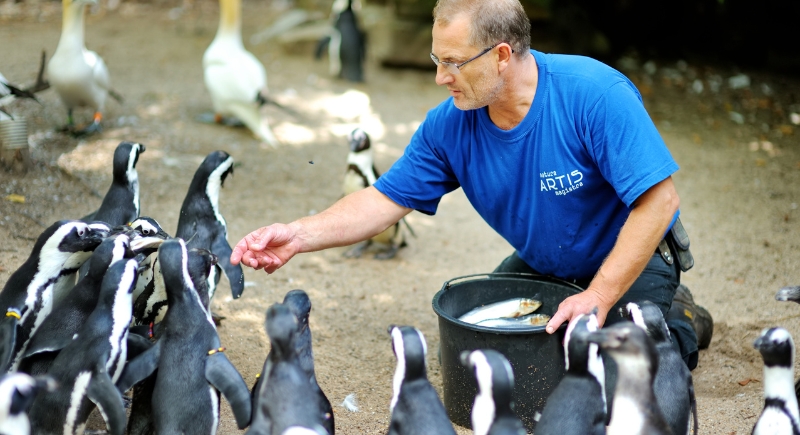
Credit: Canva
This hands-on job includes feeding, cleaning, and monitoring animal behavior. Assistants support conservation efforts and help care for species, including lemurs and giraffes. Birds of prey. Programs like Animal Behavior College offer online certifications in under a year, making it a fast-track option into animal care.
Farrier
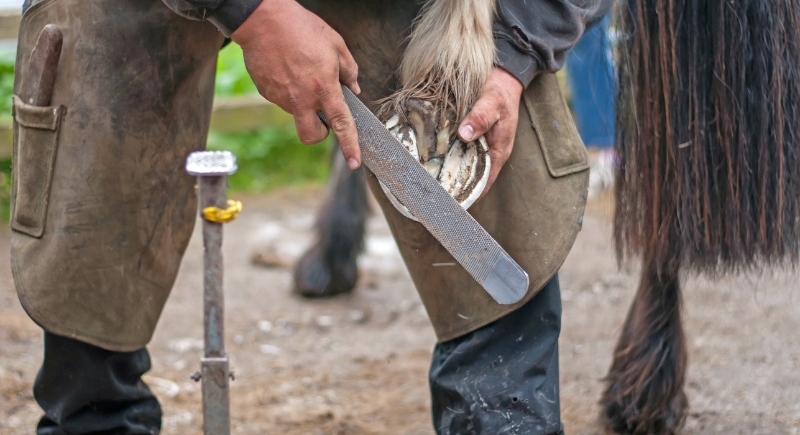
Credit: Getty Images
Farriers trim and shoe horse hooves, a job that requires physical strength and a deep understanding of equine anatomy. The median income for farriers in the U.S. is $116,000, with top professionals earning over $200,000 annually, according to the American Farrier’s Journal. Most learn through apprenticeships or vocational schools.
Animal Nutritionist

Credit: Canva
These specialists formulate diets for pets, zoo animals, and livestock. Balancing protein, fat, and micronutrients is vital to animal health. Some nutritionists work with pet food brands, while others consult for shelters and veterinary hospitals. A degree in animal science or veterinary nutrition is often required.
Wildlife Rehabilitator
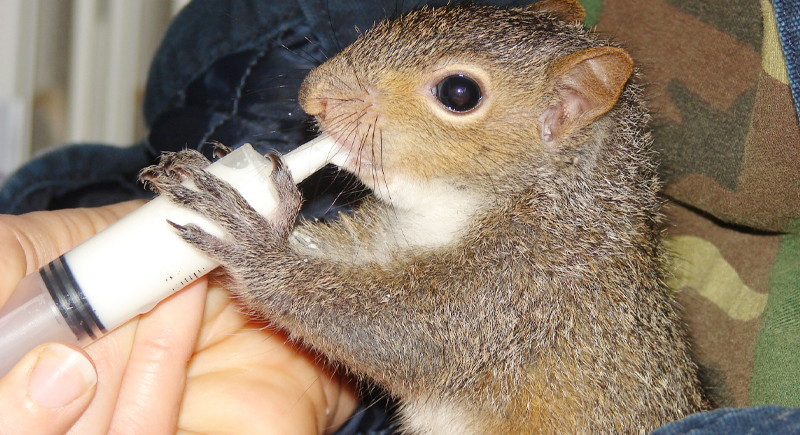
Credit: Wikimedia Commons
Licensed rehabbers care for sick, injured, and orphaned wildlife before releasing them back into their natural habitats. Their work ranges from hand-feeding baby squirrels to managing wounds on bald eagles. Most states require permits, and many rehabbers also volunteer at licensed facilities during baby season.
Animal Cruelty Investigator
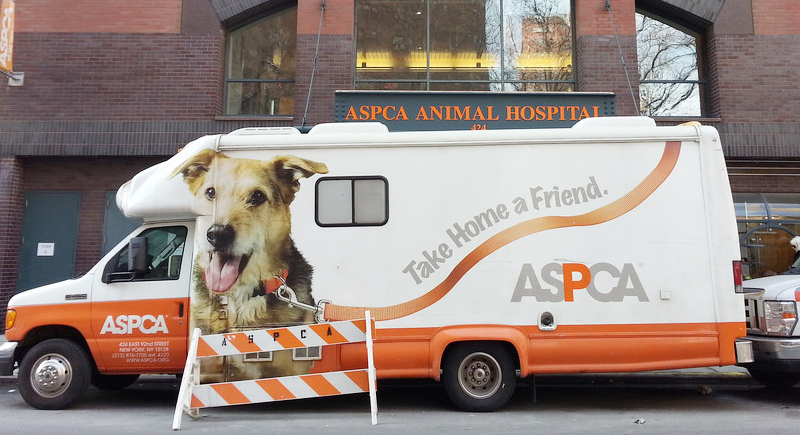
Credit: Wikimedia Commons
These professionals inspect complaints and rescue abused animals. They also help build legal cases against offenders. Working for agencies like the ASPCA or local animal control, they gather evidence, photograph injuries, and testify in court. Training includes both animal care and criminal justice coursework, often through law enforcement academies.